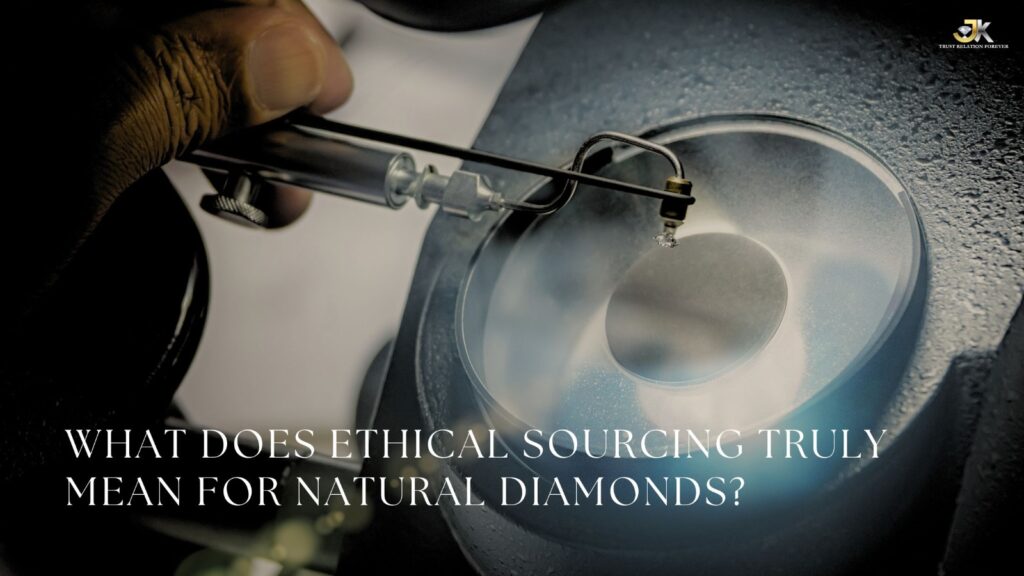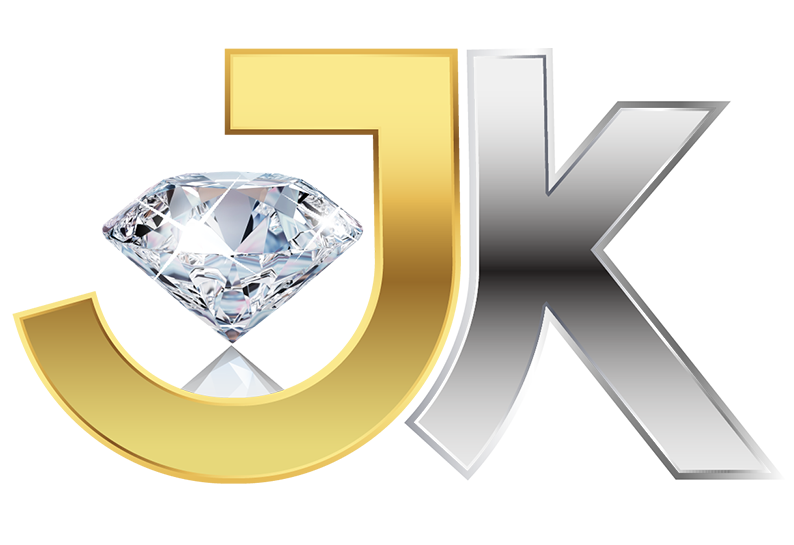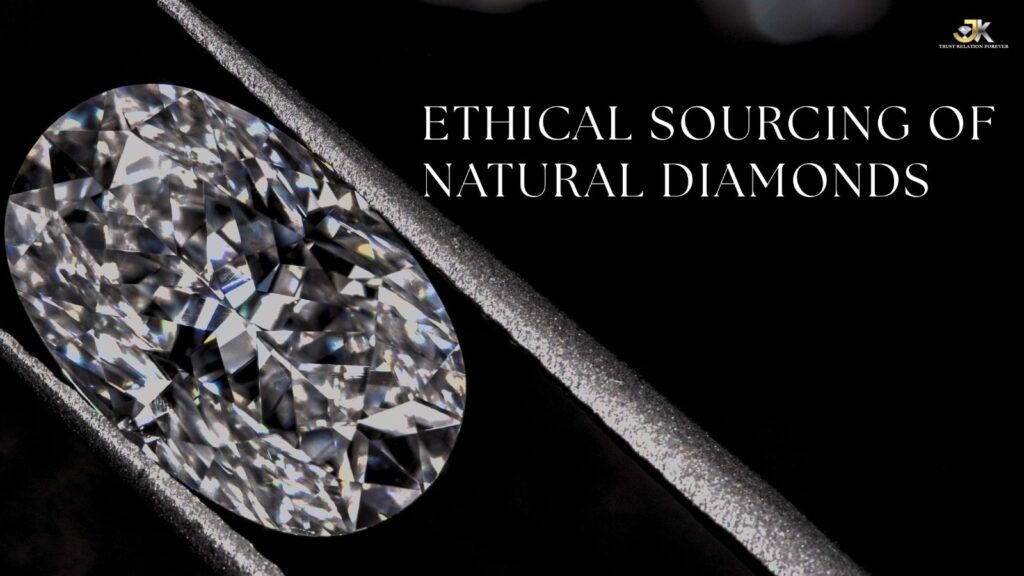In an increasingly conscious world, consumers are asking more questions about where their products come from – and natural diamonds are no exception. The concept of “ethical sourcing” has become paramount, moving beyond just “conflict-free” to encompass a broader range of social and environmental responsibilities. If you’re considering a natural diamond, understanding ethical sourcing is key to making a purchase you can truly feel good about.
Beyond “Conflict-Free”: A Deeper Look
For years, the term “conflict-free” dominated the ethical diamond conversation. This largely refers to diamonds that have not funded civil wars or rebel movements, primarily addressed by the Kimberley Process Certification Scheme (KPCS). Established in 2003, the KPCS is an international initiative involving governments, the diamond industry, and civil society, designed to prevent “blood diamonds” from entering the legitimate global supply chain.
While the Kimberley Process has been highly successful in reducing the trade of conflict diamonds (from an estimated 4% in 2000 to less than 0.2% today), it has limitations. It primarily focuses on diamonds financing armed conflict and doesn’t explicitly address other crucial ethical concerns like:
- Human Rights and Labor Practices: Fair wages, safe working conditions, the absence of child labor or forced labor, and the right to collective bargaining.
- Environmental Impact: Responsible mining practices that minimize ecological disruption, manage water usage, protect biodiversity, and include comprehensive land reclamation after mining operations.
- Community Development: Ensuring that the wealth generated from diamond mining benefits local communities through investments in infrastructure, education, healthcare, and economic diversification.
This is where the broader concept of ethical sourcing comes in.
What Does Ethical Sourcing Truly Mean for Natural Diamonds?
Ethical sourcing for natural diamonds means that the entire journey of the diamond, from mine to market, adheres to high standards of social, environmental, and economic responsibility. This includes:
- Conflict-Free Assurance: Adherence to the Kimberley Process, ensuring diamonds do not fund violence or terrorism.
- Fair Labor Practices: Ensuring miners and workers throughout the supply chain are treated fairly, paid living wages, work in safe conditions, and are free from exploitation or child labor.
- Environmental Stewardship: Mining companies implementing practices to minimize their ecological footprint. This includes:
- Land Rehabilitation: Restoring mined land to its natural state or even improving it post-mining. Many former sites are transformed into nature reserves.
- Water Management: Efficient water use and preventing contamination of local water sources.
- Biodiversity Protection: Protecting local ecosystems and wildlife during mining activities.
- Carbon Footprint Reduction: Investing in renewable energy and developing strategies to reduce emissions.

- Community Benefits: Contributing positively to the socio-economic development of local communities where diamonds are mined. This often involves investing in schools, hospitals, infrastructure, and supporting local businesses.
- Transparency and Traceability: The ability to track a diamond’s journey from its origin mine through cutting, polishing, and setting, providing consumers with verifiable information about its source.
Key Initiatives and Certifications to Look For:
To ensure you’re making an ethically sound choice, look for jewelers and diamonds associated with these initiatives:
- The Kimberley Process Certification Scheme (KPCS): The baseline for “conflict-free” verification.
- Responsible Jewelry Council (RJC): A leading organization that sets standards for responsible ethical, human rights, social, and environmental practices throughout the jewelry supply chain, from mine to retail. Members are audited to ensure compliance.
- Specific Mine-to-Market Programs: Some larger mining companies and brands have their own rigorous traceability programs (e.g., De Beers’ Tracr platform, Canada Mark diamonds from Canadian mines known for strict environmental regulations). These offer more detailed information about a diamond’s origin and journey.
- Industry Commitments: Look for retailers and brands that openly discuss their ethical sourcing policies, partner with audited suppliers, and demonstrate a commitment to sustainability reports and community investment.
Making an Informed Choice
As a consumer, you have the power to drive positive change in the diamond industry. When purchasing a natural diamond:
- Ask Questions: Don’t hesitate to ask your jeweler about the origin of their diamonds and their ethical sourcing policies.
- Look for Certifications: Inquire about certifications like the Kimberley Process and Responsible Jewelry Council.
- Seek Transparency: Choose jewelers who are transparent about their supply chain and can provide detailed information about your diamond’s journey.
By understanding what ethical sourcing entails and actively seeking out responsibly sourced natural diamonds, you can confidently wear a piece of geological wonder that not only sparkles beautifully but also embodies a commitment to a more responsible and sustainable world.
Stay updated on the latest JK Sons postings by following us on Instagram.
https://www.instagram.com/j_ksons/
https://x.com/jksonsdiamond?t=a4_K1Uej1BwNCXt63jmEMw&s=08
https://www.youtube.com/@JKSons-q4x
https://www.facebook.com/share/19fYjZtEZf/
https://www.linkedin.com/in/jk-sons-a8005832b?utm_source=share&utm_campaign=share_via&utm_content=profile&utm_medium=android_app


